ASTM C393 – Standard Test Method for Core Shear Properties of Sandwich Constructions by Beam Flexure
ASTM C393– This test method covers determination of the properties of flat sandwich constructions subjected to flatwise flexure in such a manner
that the applied moments produce curvature of the sandwich facing planes.
Please Contact With Us For More Information
- Description
- Reviews (0)
- TECHNICAL SPECIFICATIONS
Description
Description
ASTM C393 – Standard Test Method for Core Shear Properties of Sandwich Constructions by Beam Flexure
ASTM C393 – Core Shear Properties of Sandwich Constructions by Beam Flexure
ASTM C393– This test method covers determination of the properties of flat sandwich constructions subjected to flatwise flexure in such a manner
that the applied moments produce curvature of the sandwich facing planes.
ASTM C393–Significance and Use
Flexure tests on flat sandwich construction may be conducted to determine the sandwich flexural stiffness, the core shear strength and shear modulus,
or the facings compressive and tensile strengths.
Tests to evaluate core shear strength may also be used to evaluate core-to-facing bonds.
These test methods provide a standard method of obtaining the sandwich panel flexural strengths and stiffness.
Core shear strength and shear modulus are best determined in accordance with Test Method C 273.
The sandwich stiffness and core shear modulus may be determined by calculations involving measured deflections of sandwich flexure specimens.
Tests can be conducted on short specimens and on long specimens or on one specimen loaded in two ways, and the flexural stiffness and shear modulus
can be determined by simultaneous solution of the complete deflection equations for each span or each loading.
If the facing modulus values are known, a short span beam can be tested and the calculated bending deflection subtracted from the beam’s total deflection.
This gives the shear deflection from which the core shear modulus can be determined
To determine core shear strength, it is necessary to design the test specimen so that the moments produced at core failure do not stress the facings beyond
the compressive or tensile proportional limit stress of the facing material.
This requires thicker facings and shorter support spans.
If the facings are too thick, the shear load will be carried to a considerable extent by the facings, thus leading to a high apparent core shear strength as computed
by the usual approximate methods
Referenced Documents
ASTM Standards
ASTM C273 Test Method for Shear Properties of Sandwich Core Materials
ASTM D883 Terminology Relating to Plastics
ASTM D3878 Terminology for Composite Materials
ASTM D5229/D5229M Test Method for Moisture Absorption Properties and Equilibrium Conditioning of Polymer Matrix Composite Materials
ASTM D7249/D7249M Test Method for Facesheet Properties of Sandwich Constructions by Long Beam Flexure
ASTM D7250/D7250M Practice for Determining Sandwich Beam Flexural and Shear Stiffness
ASTM E4 Practices for Force Verification of Testing Machines
ASTM E6 Terminology Relating to Methods of Mechanical Testing
ASTM E122 Practice for Calculating Sample Size to Estimate, With Specified Precision, the Average for a Characteristic of a Lot or Process
ASTM E177 Practice for Use of the Terms Precision and Bias in ASTM Test Methods
ASTM E456 Terminology Relating to Quality and Statistics
***PARSROS offers several types of grips and fixtures which will enable you to perform a variety of tests that are
accurate and repeatable.
Reviews (0)
TECHNICAL SPECIFICATIONS
Please contact with our engineers so that we can find and offer Best Universal Tensile Test Machines , Grips , Jaws and Other Accessories for your operations


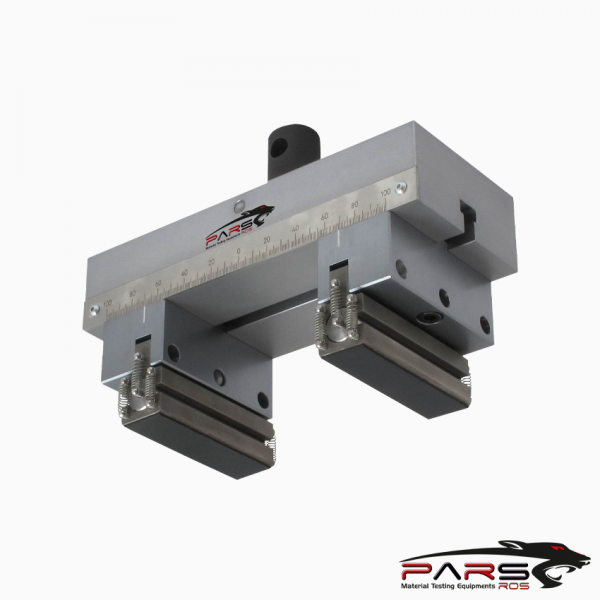
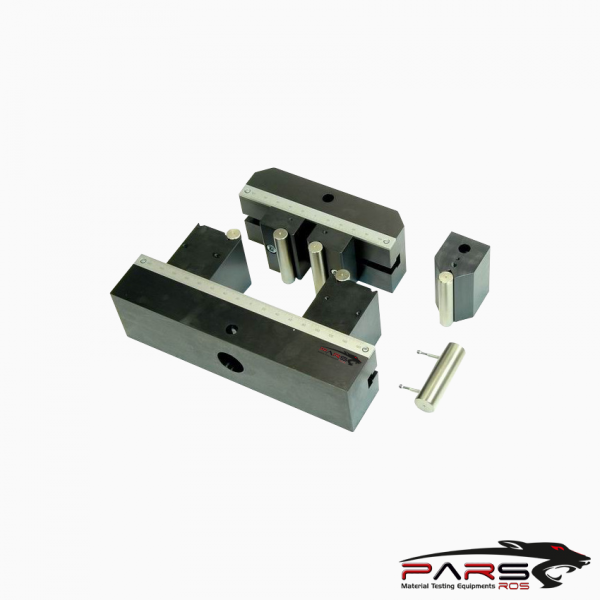
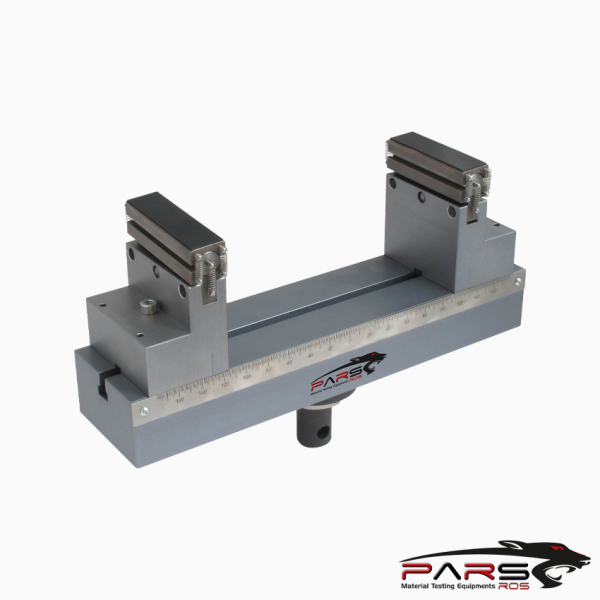
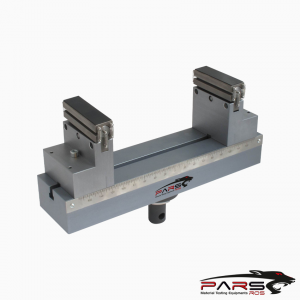
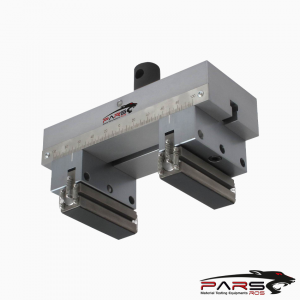
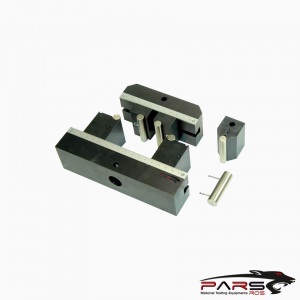
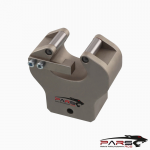
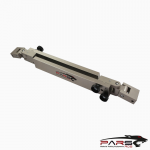
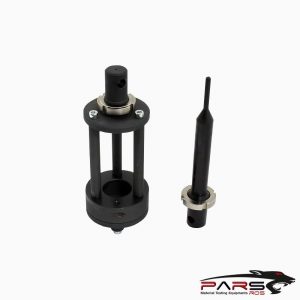
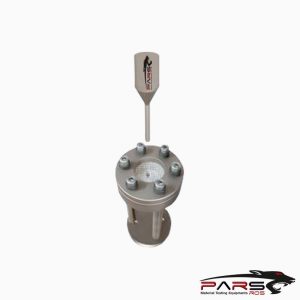
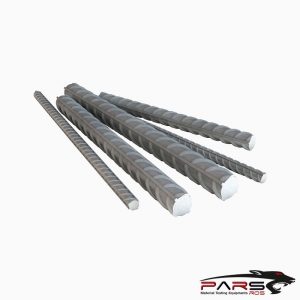
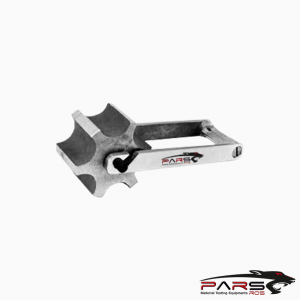
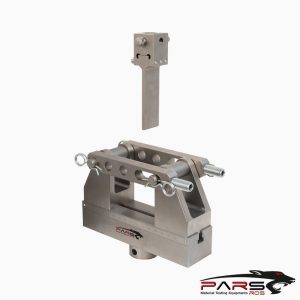
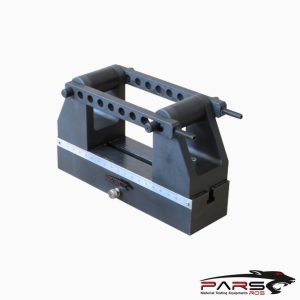
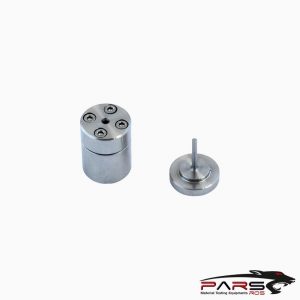
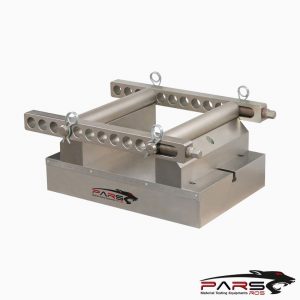
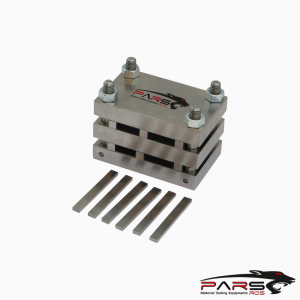
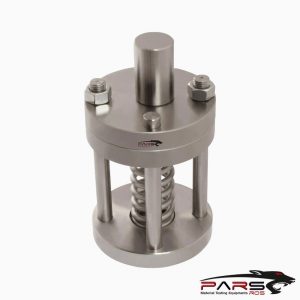
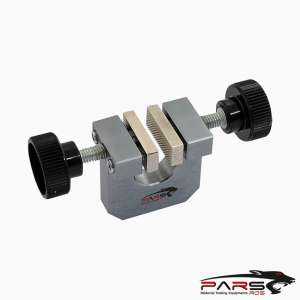
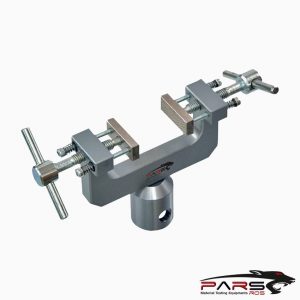
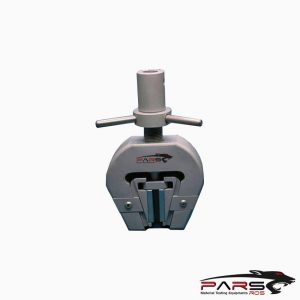
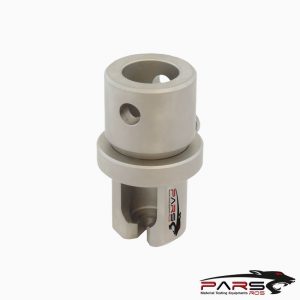
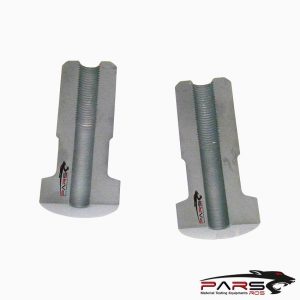
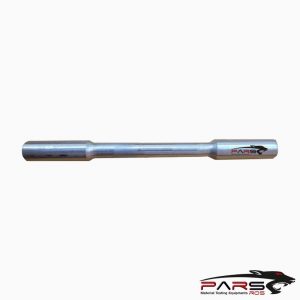
Leave a Reply